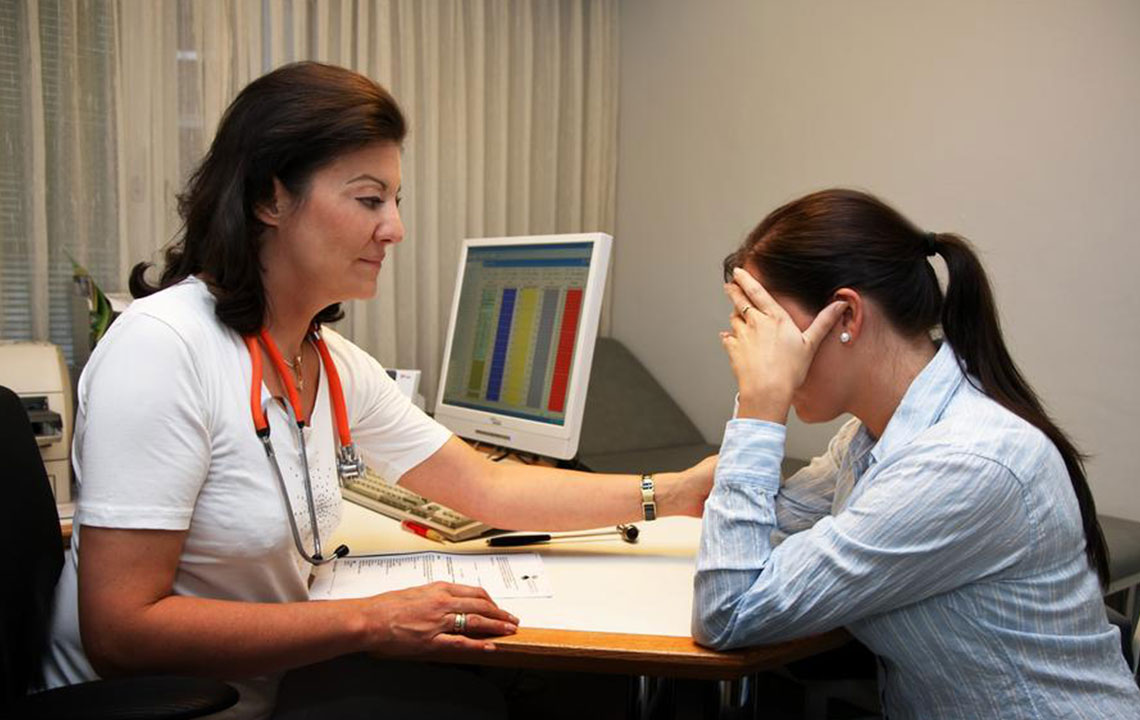Early Detection of Abdominal Aortic Aneurysm: Top 5 Symptoms You Need to Know
This article covers the essential signs of abdominal aortic aneurysm, emphasizing early detection and the importance of timely medical intervention. It details common symptoms like abdominal pain, pulsating sensations, and signs of internal bleeding, helping readers recognize potential severity early.

Early Detection of Abdominal Aortic Aneurysm: Top 5 Symptoms You Need to Know
The aorta is the main artery responsible for transporting blood from the heart throughout the body. Though durable, it can sometimes form a bulging dilation called an aneurysm, which occurs when the vessel expands more than 1.5 times its normal size. If this expands further or ruptures, it can cause severe internal bleeding, risking organ failure, stroke, or death.
Often developing slowly, an abdominal aortic aneurysm initially presents few or no symptoms.
Key warning signs include dull abdominal pain or a throbbing sensation that can increase as the condition progresses. Recognizing these early symptoms is essential for timely treatment.
Here are the main symptoms to watch for:
Persistent abdominal discomfort: A constant deep ache in the middle of the abdomen, often between the navel and chest, that does not improve with rest or movement.
Pulsatile abdominal feeling: A rhythmic pulsation, similar to a heartbeat, that can be felt through the skin, often tender to pressure.
Back or groin pain: Discomfort may radiate to the lower back, pelvis, or legs due to the proximity of the aorta to these areas.
Signs of internal bleeding: Rupture can lead to shock, with symptoms like rapid heartbeat, cold sweat, shallow breathing, confusion, and fainting.
Hypotension and dizziness: Bleeding may cause low blood pressure, resulting in dizziness, nausea, blurred vision, and weakness, especially when standing.
Recognizing these symptoms promptly is critical. A ruptured aneurysm can cause rapid, life-threatening bleeding requiring immediate medical attention.


